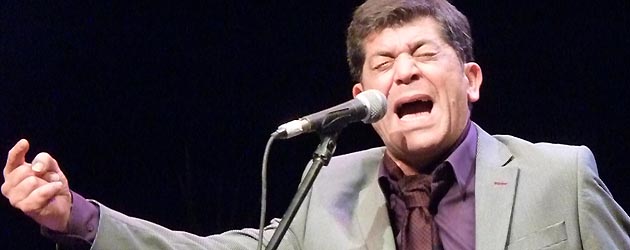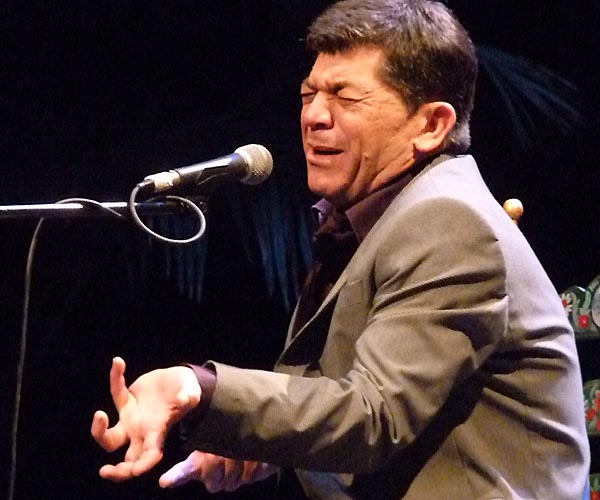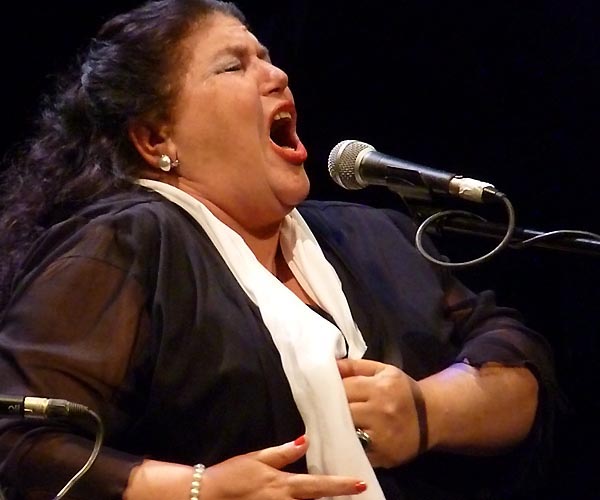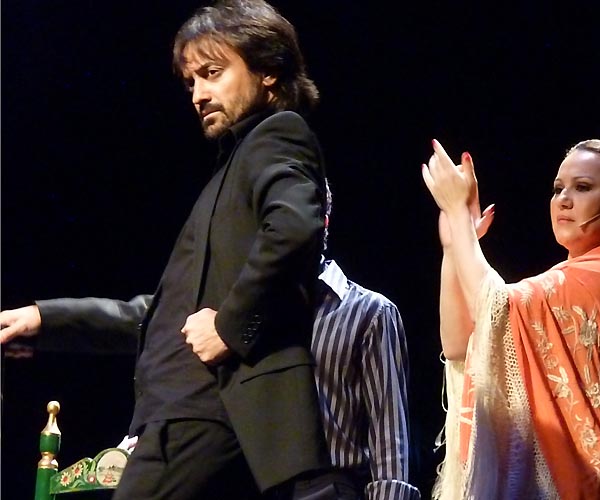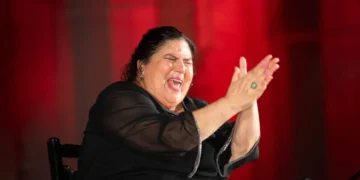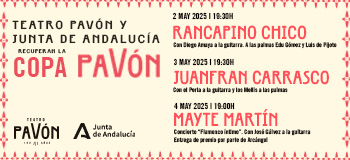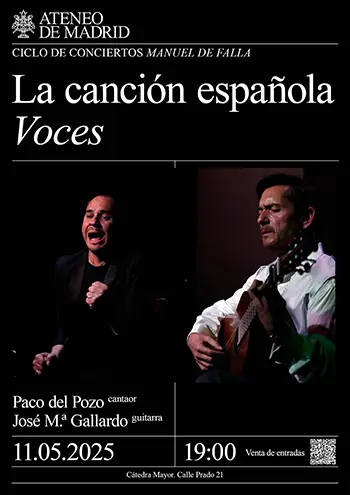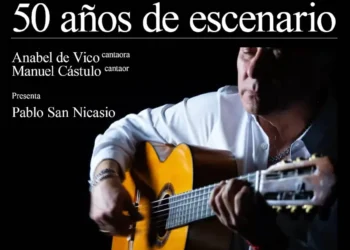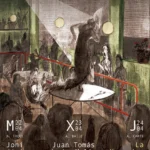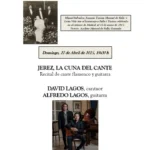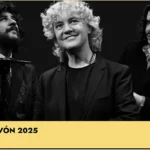Text and photos: Estela Zatania
Tribute to Perrate and Perrata de Utrera
DISCREET POSTHUMOUS TRIBUTE FOR TWO REVERED SINGERS
Once again, the commitment to flamenco of the Sociedad del Cante Grande Algeciras made for a moving tribute. For this twenty-first edition it was for a brother and sister whose names bring memories of times past: Perrate and Perrata.
On Friday evening, in the spacious Teatro Florida, major interpreters of the singing of Utrera, took us back to a past steeped in the haunting mix of pain, melancholy and sweetness that characterizes the flamenco of that town. A moving posthumous tribute to two major figures now nearly forgotten.

Throughout the first part, the experienced guitarist Antonio Moya, with his knowledge of Utrera and Lebrija cante that relies on a relaxed rhythm which invites creativity, and with the unmistakable feeling of the interior, played for Mari Peña, Inés Bacán and Tomás de Perrate, triggering spontaneous applause on several occasions.
Mari Peña interpreted tientos tangos reminiscent of the well-known Utrera singer Gaspar, soleá to the rhythm of soleá por bulería, the custom in Utrera, and cantiñas of Pinini with romeras. Following Mari Peña, Inés Bacán sang fandango por soleá, another speciality of this area, in addition to soleá and siguiriyas.
For the oficial tribute, relatives such as Pedro Peña with his sons Dorantes and Pedro María Peña came on stage, with representatives of the Sociedad del Cante Grande. But it was a brief and moving speech by Tere Peña, daughter of Perrata, niece of Perrate, that brought a lump to everyone’s throat.
Tomás de Perrate, artistic heir of the dynasty, sang por soleá, the most representative flamenco form of Utrera, dedicating it to the well-known investigator and writer Luis Soler who was among the audience, and por siguiriyas, before a closing bulerías.
In the second part, the dancing of David Morales from La Línea, with the singing of Esperanza and Lola León and Juan Murube, with the guitar of Daniel Casares, brought some interesting moments with martinete and siguiriyas, a vidalita, soleá and an original approach to bulería cuplé.



